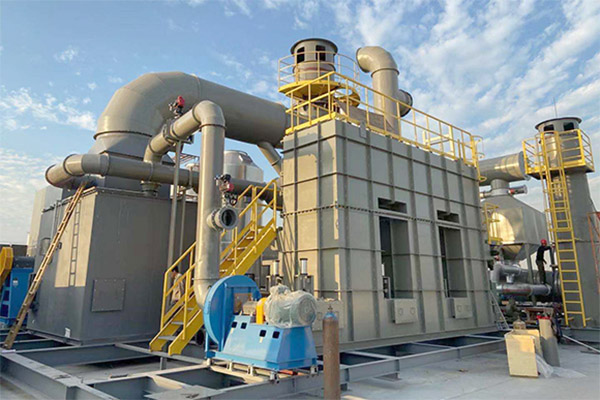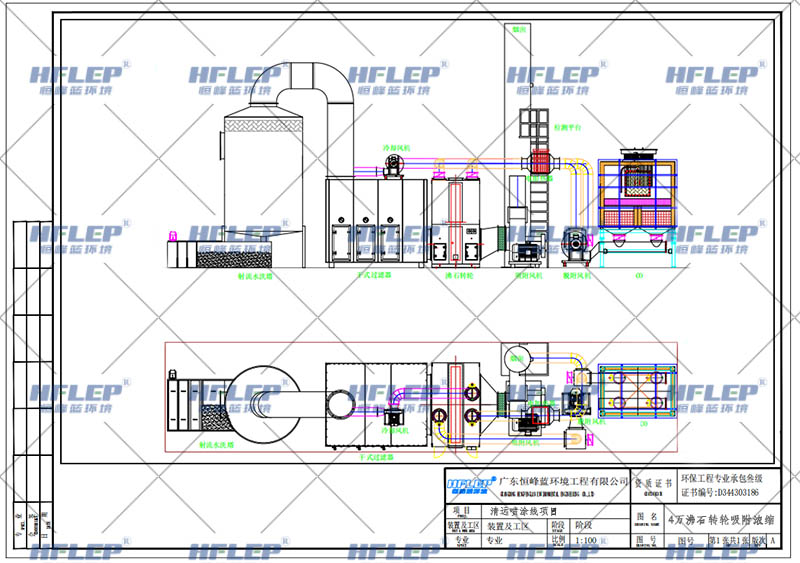Experienced Manufacturers
Production plant area of more than 10,000 square feet, more than 100 people construction team.
 Hotline
Hotline

Industry Introduction
Silicone printing is simply by means of screen printing, the use of screen printing plate graphic part of the mesh can be through the silicone, non-graphic part of the mesh impermeable silicone basic principle of printing. The printing squeegee is used to exert a certain pressure on the silica gel, so that the silica gel is squeezed from the mesh of the graphic part to the substrate. The technology is widely printed products such as: silicone mobile phone cover, tablet cover, new material protective cover, smart bracelet, silicone watch, silicone bracelet, silicone daily necessities, silicone tableware, silicone jewellery, silicone gifts.
Pollution Hazard
Silicone printing is mainly in the melting moulding, screen printing and drying process produces non-methane organic waste gas, the waste gas if not treated will endanger the health of the post employees. Most of the non-methane hydrocarbons with a special smell can lead to the human body to show a variety of discomfort, irritation of the eyes and respiratory tract, skin allergies, headaches, sore throat and fatigue, and toxicity, irritation, teratogenicity and carcinogenicity, especially benzene, toluene and formaldehyde will cause great harm to human health.
Overview of the treatment programme
For the electronic product printing industry VOCs treatment technology, now in line with environmental emission requirements, and play a role in reducing costs and efficiency of the treatment technology, is the use of combustion method of treatment technology is more economical and energy-saving effective. The use of dry filters + reduced wind concentration + catalytic combustion combination of governance, governance can meet the emission requirements after the standard!

Process flow
This device process is: first through the three-stage dry filter to remove 99% of the particles in the dusty gas, making the organic matter completely clean, but also to increase the operating efficiency and service life of late equipment. Separation of organic gases into the zeolite turn concentration or molecular sieve adsorption concentration of organic waste gas low concentration into high concentration, large air volume conversion of small air volume to reduce the principle of concentration, when the adsorption concentration reaches the required spontaneous combustion requirements, and finally through electric heating to warm up the high temperature of 100-180 degrees Celsius gas, desorption regeneration, desorption of down the use of catalytic furnace of the high concentration of catalytic furnace, with the help of catalysts to make the organic waste gas in the lower starting temperature for flameless combustion, so that the late equipment operating efficiency and service life. With the help of catalyst, the organic waste gas will be flamelessly burned under lower ignition temperature, so that the organic waste gas will be decomposed into non-toxic carbon dioxide and water vapour.
Other treatment technology
Low concentration and small air volume printing waste gas can be used: spray tower, uv photolysis purifier, activated carbon adsorption and other single or multiple combinations of processes for treatment;
High concentration of small air volume printing waste gas can be used: pretreatment + zeolite molecular sieve + catalytic combustion, pretreatment + zeolite molecular sieve + RTO thermal storage incinerator, a single catalytic combustion device or a single RTO thermal storage incinerator and so on;
Reason for choice

Production plant area of more than 10,000 square feet, more than 100 people construction team.

A number of engineers and technicians, most of whom have more than 10 years of experience and have worked on numerous projects.

Adoption of the latest domestic and international treatment technology, with high treatment efficiency.

According to the actual needs of the project, free to customise the corresponding exhaust gas treatment solutions, all regions of the country package to meet the emission standards.

Passed the third level of construction enterprise qualification and a number of technical patents...

1000+ project experience, more than 100 industry partners, complete environmental protection qualification.
Contact - Ways
Contact information
Catalytic combustion machine is a dry filter + adsorption de...

Activated carbon adsorption and desorption + CO catalytic co...

Zeolite rotor concentration + RTO regenerative incinerator c...

Zeolite rotor concentration + CO catalytic combustion proces...

CO catalytic combustion + TO direct combustion furnace proce...

For low concentration and low air volume of waste gas treatm...


Industry Introduction
Silicone printing is simply by means of screen printing, the use of screen printing plate graphic part of the mesh can be through the silicone, non-graphic part of the mesh impermeable silicone basic principle of printing. The printing squeegee is used to exert a certain pressure on the silica gel, so that the silica gel is squeezed from the mesh of the graphic part to the substrate. The technology is widely printed products such as: silicone mobile phone cover, tablet cover, new material protective cover, smart bracelet, silicone watch, silicone bracelet, silicone daily necessities, silicone tableware, silicone jewellery, silicone gifts.
Pollution Hazard
Silicone printing is mainly in the melting moulding, screen printing and drying process produces non-methane organic waste gas, the waste gas if not treated will endanger the health of the post employees. Most of the non-methane hydrocarbons with a special smell can lead to the human body to show a variety of discomfort, irritation of the eyes and respiratory tract, skin allergies, headaches, sore throat and fatigue, and toxicity, irritation, teratogenicity and carcinogenicity, especially benzene, toluene and formaldehyde will cause great harm to human health.
Overview of the treatment programme
For the electronic product printing industry VOCs treatment technology, now in line with environmental emission requirements, and play a role in reducing costs and efficiency of the treatment technology, is the use of combustion method of treatment technology is more economical and energy-saving effective. The use of dry filters + reduced wind concentration + catalytic combustion combination of governance, governance can meet the emission requirements after the standard!

Process flow
This device process is: first through the three-stage dry filter to remove 99% of the particles in the dusty gas, making the organic matter completely clean, but also to increase the operating efficiency and service life of late equipment. Separation of organic gases into the zeolite turn concentration or molecular sieve adsorption concentration of organic waste gas low concentration into high concentration, large air volume conversion of small air volume to reduce the principle of concentration, when the adsorption concentration reaches the required spontaneous combustion requirements, and finally through electric heating to warm up the high temperature of 100-180 degrees Celsius gas, desorption regeneration, desorption of down the use of catalytic furnace of the high concentration of catalytic furnace, with the help of catalysts to make the organic waste gas in the lower starting temperature for flameless combustion, so that the late equipment operating efficiency and service life. With the help of catalyst, the organic waste gas will be flamelessly burned under lower ignition temperature, so that the organic waste gas will be decomposed into non-toxic carbon dioxide and water vapour.
Other treatment technology
Low concentration and small air volume printing waste gas can be used: spray tower, uv photolysis purifier, activated carbon adsorption and other single or multiple combinations of processes for treatment;
High concentration of small air volume printing waste gas can be used: pretreatment + zeolite molecular sieve + catalytic combustion, pretreatment + zeolite molecular sieve + RTO thermal storage incinerator, a single catalytic combustion device or a single RTO thermal storage incinerator and so on;